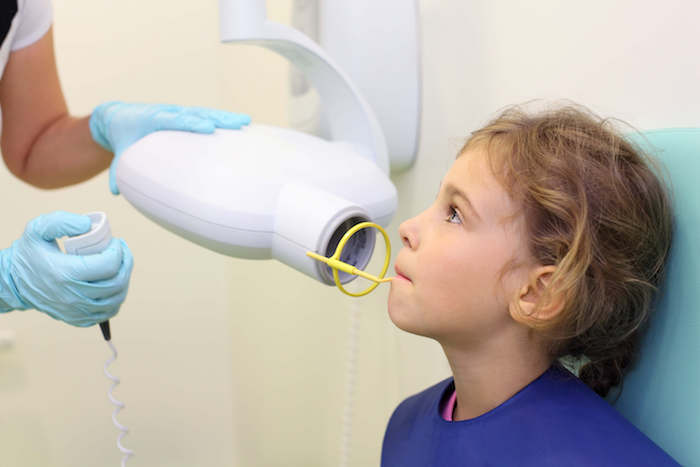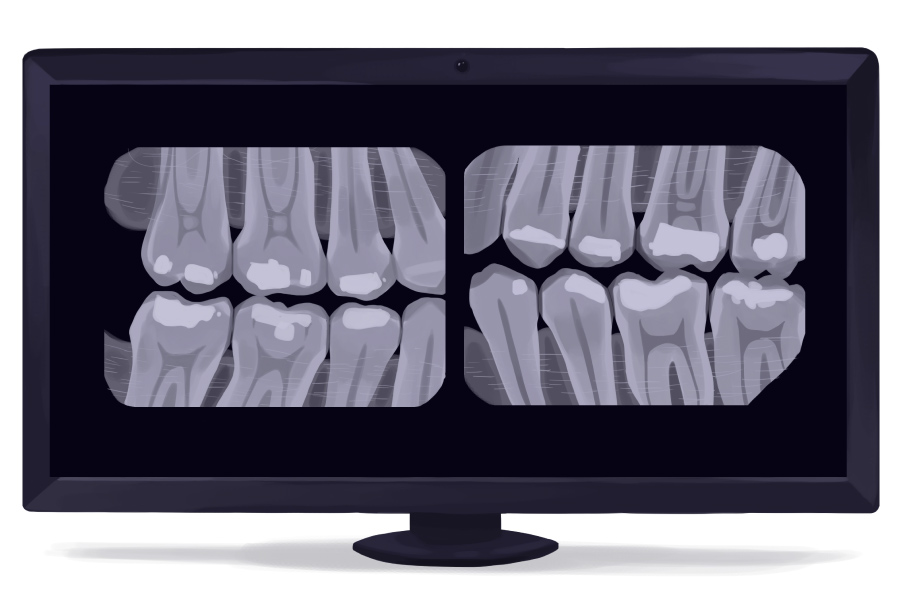Introduction
As a parent, it is natural to have concerns about your child’s dental health. One common procedure that may raise questions is dental X-rays. While X-rays are a valuable tool for dentists to diagnose and treat oral issues, it is important for parents to understand the benefits, risks, and safety measures associated with dental X-rays for children. In this blog post, we will provide you with the essential information you need to know as a parent when it comes to children and dental X-rays.
1. Why are dental X-rays important for children?
Dental X-rays play a crucial role in assessing and maintaining the oral health of children. They provide dentists with valuable insights into areas that are not visible during a regular dental examination. X-rays help identify cavities, monitor tooth development, evaluate the alignment of teeth, and detect any underlying dental issues.
2. Are dental X-rays safe for children?
Yes, dental X-rays are safe for children when proper precautions are taken. The amount of radiation emitted during dental X-rays is minimal, and advancements in technology have further reduced the exposure. Dentists also use lead aprons and thyroid collars to protect children from unnecessary radiation.
3. When should children have their first dental X-ray?
The timing of a child’s first dental X-ray depends on various factors, including their oral health, age, and risk of dental problems. In general, children may have their first X-ray around the age of 5 to 7 when their permanent teeth start erupting. However, if a child is at a higher risk of dental issues, the dentist may recommend an X-ray at an earlier age.
4. What types of dental X-rays are commonly used for children?
There are different types of dental X-rays that may be used for children, depending on their specific needs. The most common ones include:
- Bitewing X-rays: These X-rays capture the upper and lower back teeth, helping detect cavities and monitor the spacing between teeth.
- Periapical X-rays: These X-rays focus on individual teeth, providing a detailed view of the entire tooth structure, including the roots.
- Panoramic X-rays: These X-rays capture a broad view of the entire mouth, including all the teeth, jaws, and surrounding structures. They are useful for assessing overall dental development and identifying any abnormalities.
5. How often should children have dental X-rays?
The frequency of dental X-rays for children depends on their oral health and individual needs. In general, children may require X-rays every 1 to 2 years to monitor their.
Summary
Dental X-rays play a crucial role in maintaining your child’s oral health. They allow dentists to detect and diagnose dental problems that may not be visible to the naked eye, such as cavities, impacted teeth, and bone abnormalities. X-rays also help dentists monitor the growth and development of your child’s teeth and jaw, ensuring any potential issues are addressed early on.

However, it is important to note that dental X-rays involve a minimal amount of radiation. To ensure the safety of your child, dentists follow strict guidelines and use protective measures, such as lead aprons and thyroid collars, to minimize radiation exposure. Additionally, the frequency of X-rays will depend on your child’s individual dental needs and risk factors.
By understanding the benefits and safety measures associated with dental X-rays, parents can make informed decisions regarding their child’s oral health. Regular dental check-ups, including X-rays when necessary, are essential for maintaining a healthy smile and preventing potential dental problems in the future.
- Q: Why are dental X-rays necessary for children?
- A: Dental X-rays are necessary for children to detect and diagnose dental problems that may not be visible during a regular dental examination. They help dentists identify cavities, monitor tooth development, and evaluate the overall oral health of children.
- Q: Are dental X-rays safe for children?
- A: Yes, dental X-rays are safe for children. The amount of radiation exposure from dental X-rays is extremely low, and dentists take necessary precautions to minimize the radiation dose. Lead aprons and thyroid collars are used to protect the child’s body from radiation.
- Q: How often should children have dental X-rays?
- A: The frequency of dental X-rays for children depends on their oral health condition. Generally, children may need X-rays every 1-2 years. However, if they have a higher risk of dental problems or are experiencing specific issues, the dentist may recommend more frequent X-rays.
- Q: Can dental X-rays cause any side effects?
- A: Dental X-rays have no immediate side effects. However, to minimize radiation exposure, dentists use lead aprons and thyroid collars. It is important to inform the dentist if the child is pregnant or may be pregnant, as X-rays should be avoided during pregnancy.
- Q: How can parents prepare their child for dental X-rays?
- A: Parents can prepare their child for dental X-rays by explaining the process in a simple and positive manner. They can assure the child that X-rays are painless and quick. It is also helpful to choose a pediatric dentist experienced in working with children to ensure a comfortable experience.
- Q: Can parents accompany their child during dental X-rays?
- A: In most cases, parents are allowed to accompany their child during dental X-rays. However, depending on the child’s age and behavior, the dentist may request the parent to wait outside to ensure the child’s cooperation and minimize any potential interference.

Welcome to my website! My name is Lucas Bryce, and I am a dedicated professional Holistic Dentist with a passion for providing exceptional dental care. With years of experience in the field, I am committed to helping my patients achieve optimal oral health and beautiful smiles.

